
Both brown and white sugars are featured in sugar scrubs, which you can use to exfoliate and soften the skin on your face and the rest of your body. Although they are similar in many ways, there are a few key differences to consider when deciding which to use. No matter which you choose, always perform a small patch test in a discreet area before using a scrub to make sure your skin won’t react negatively to the ingredients.
The Similarities
Because they are granular, brown and white sugars are both added to facial and body scrubs as exfoliants. Salt can also be used as an exfoliant, but sugars have smaller granules and don’t leave behind microscopic cuts in the skin like salt does. Salt also has a drying effect on the skin, while sugar is a natural humectant, meaning that it pulls moisture from the air and into your skin. Both types of sugar contain glycolic acid, an agent that helps skin cells regenerate faster for a more youthful appearance.
The Differences
While white sugar is refined using a chemical process, brown sugar is colored naturally with molasses. Molasses is high in vitamin B, which is an antioxidant that helps protect your skin from the sun’s harmful UV rays. Brown sugar is also softer and has finer grains than white sugar. Because of this, brown sugar is often used in facial scrubs, while white sugar is added to body scrubs.
Related Articles

How to Make Sugaring Wax
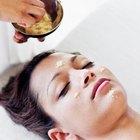
How to Make Body Scrub With Olive Oil & ...
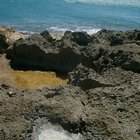
Difference Between Rock Salt and Sea ...
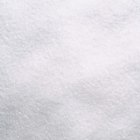
The Disadvantages of Saccharin
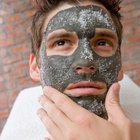
How to Make a Sugar Mask for Your Face
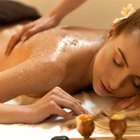
Benefits of Sea Salt Glow Body Treatment
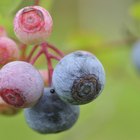
Nutrition Information on Blueberries

What Is Agave Syrup?

How to Remove the Smell of Cologne From ...

Benefits of Shea Butter and Coconut Oil ...

Substitute for Superfine Sugar in ...

How to Make a Cucumber & Sugar Facial ...
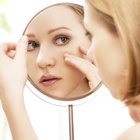
Skin Care Products That Contain ...

What Is Gray Salt?

Golden Flax Seed Vs. Dark Flax Seed

The Carbohydrates in Blueberries
Calories in Candied Walnuts
Does Cake Flour Contain Baking Soda & ...
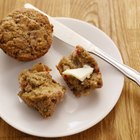
How to Bake With Erythritol
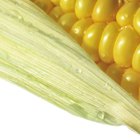
How to Substitute Light Corn Syrup in a ...
References
Writer Bio
Writing professionally since 2008, Michelle Miley specializes in home and garden topics but frequently pens career, style and marketing pieces. Her essays have been used on college entrance exams and she has more than 4,000 publishing credits. She holds an Associate of Applied Science in accounting, having graduated summa cum laude.
Photo Credits
Medioimages/Photodisc/Photodisc/Getty Images